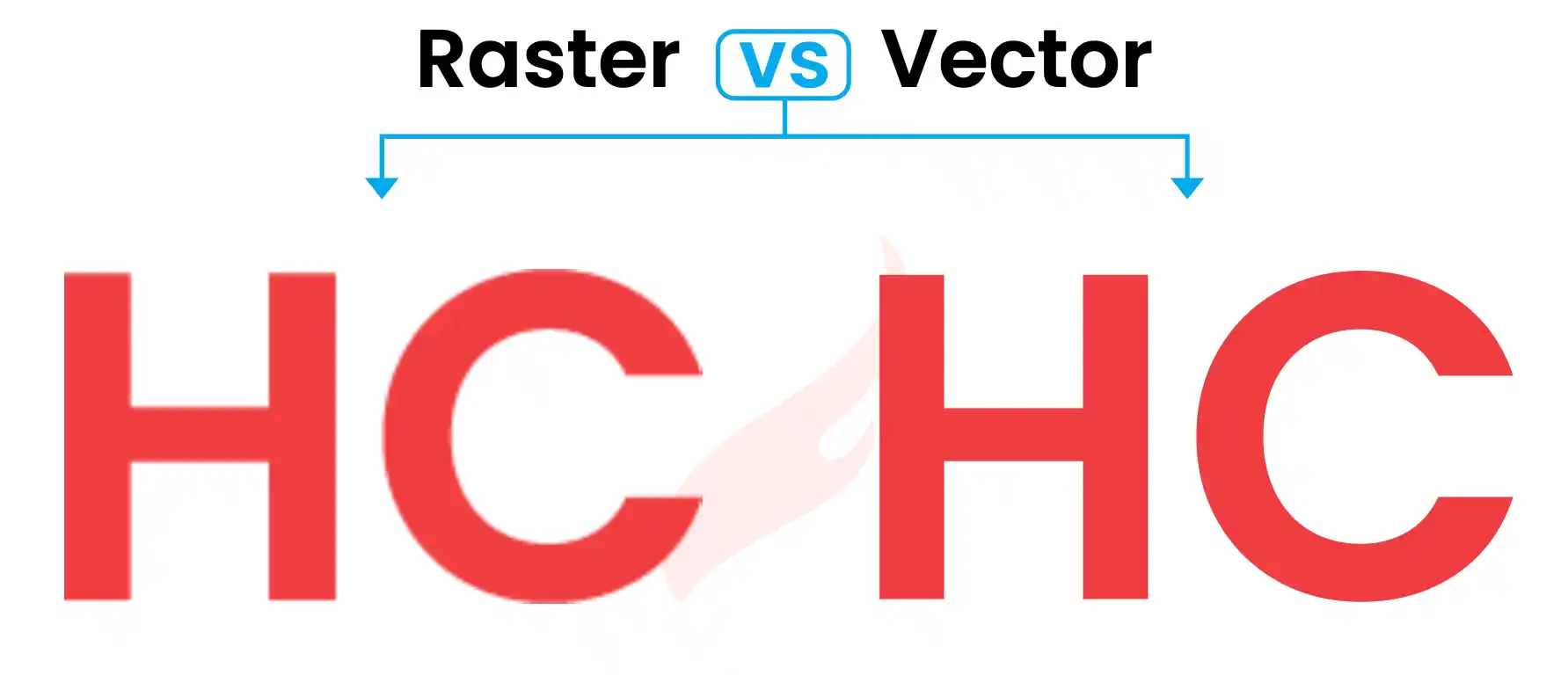[HotHelp] What is a raster file?
A raster file, also known as a bitmap image, is a digital image made up of a grid of pixels, where each pixel has a specific color value. These pixels work together to form the complete image based on their positions within the grid.
Uses and Characteristics of Raster Files
Raster files are commonly used for photographs and digital artwork that feature complex color gradients, shading, and intricate details. They are ideal for images with rich color variations and subtle nuances.
Common Raster File Formats
- JPEG: A widely used format for compressing photos with minimal quality loss.
- PNG: A format that supports transparency and is often used for web graphics.
- BMP: An uncompressed format that retains high image quality.
- TIFF: A format used for high-quality images, often in professional photography and printing.
Limitations of Raster Files
One key limitation of raster files is that they are resolution-dependent. The quality of the image is directly related to its resolution, typically measured in pixels per inch (PPI). A common standard for print quality is 300 DPI (dots per inch). However, when a raster image is scaled up, the individual pixels become more noticeable, leading to a loss of sharpness and image quality. This makes raster images less suitable for large-format printing or any application that requires scalable, high-quality graphics.









